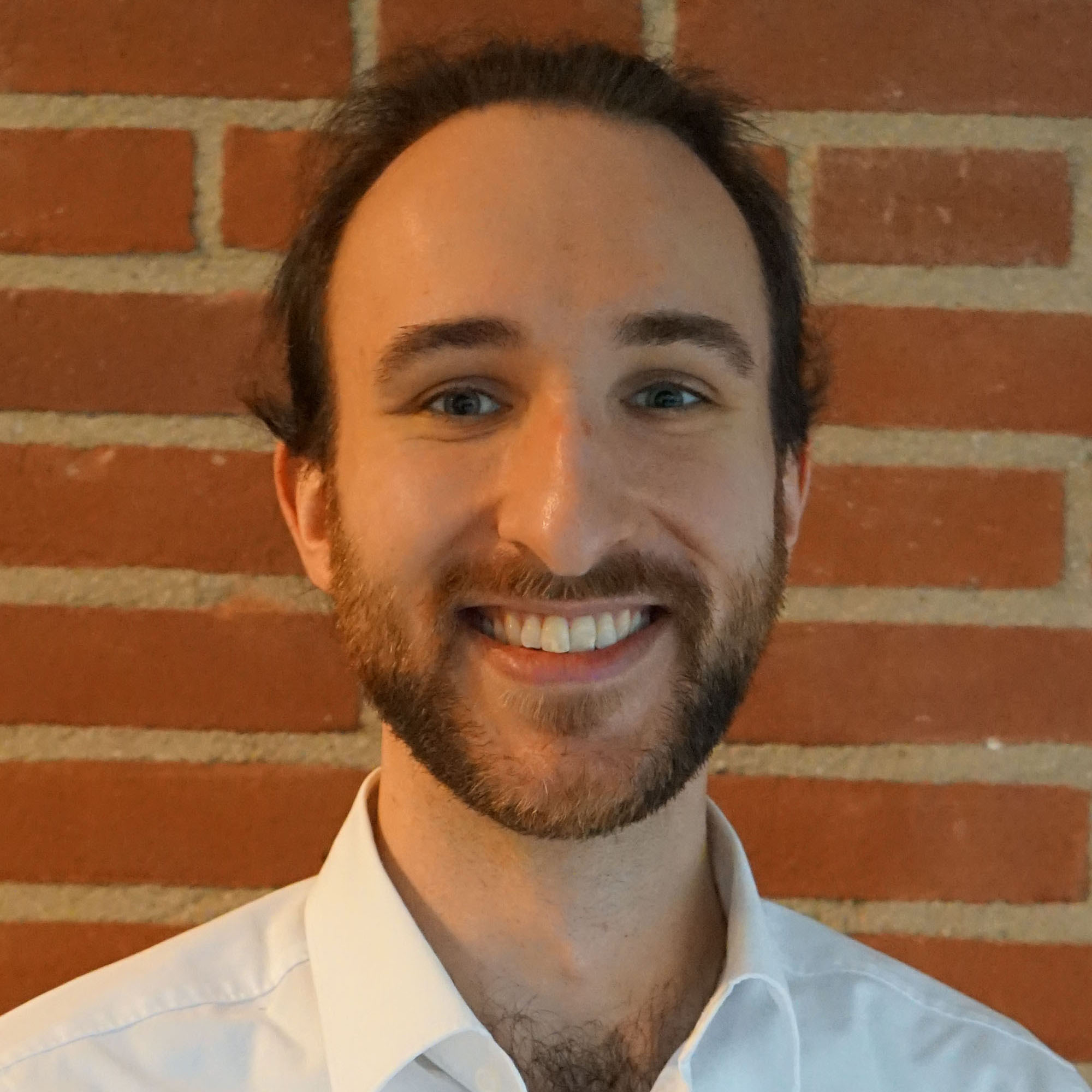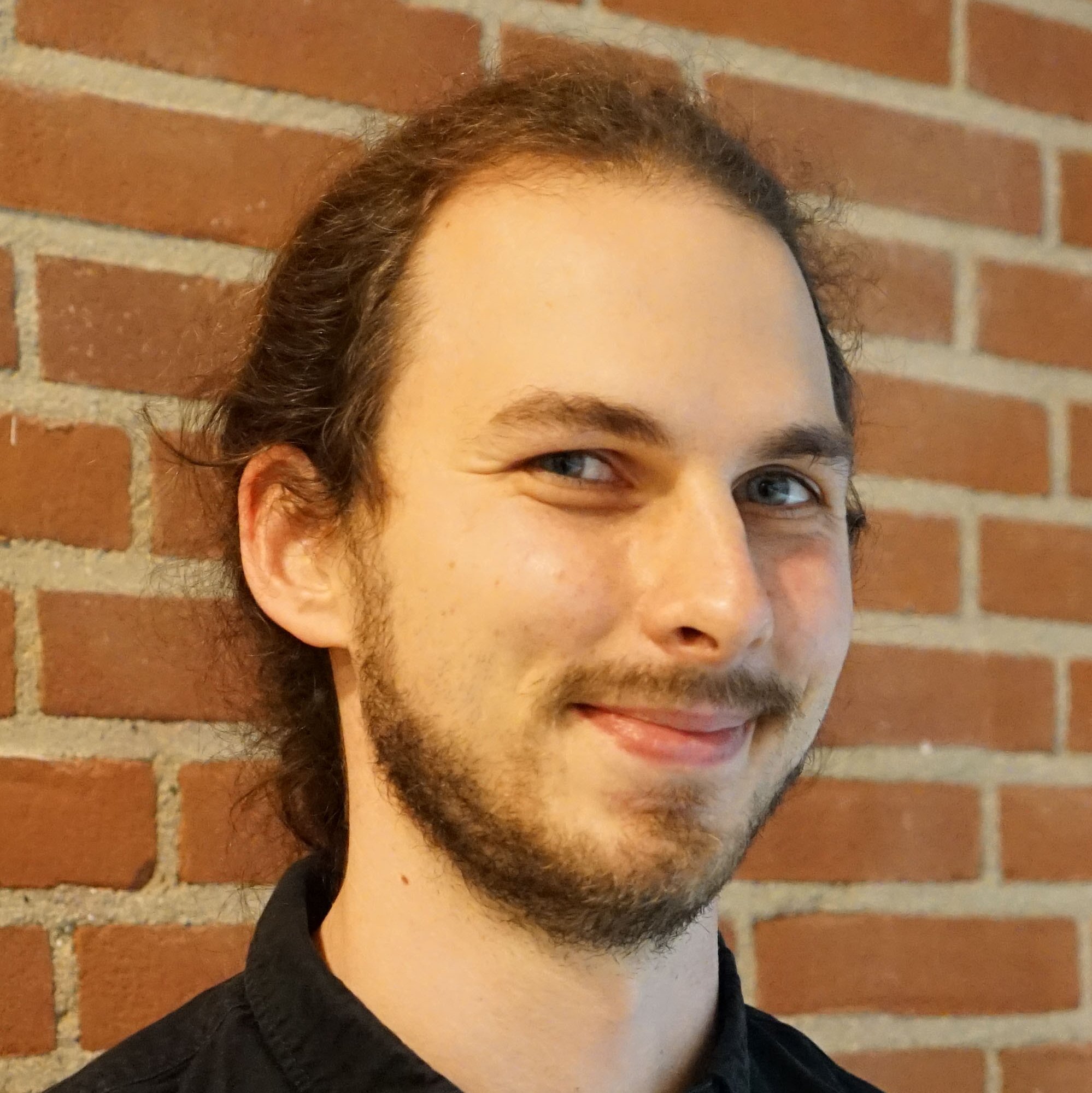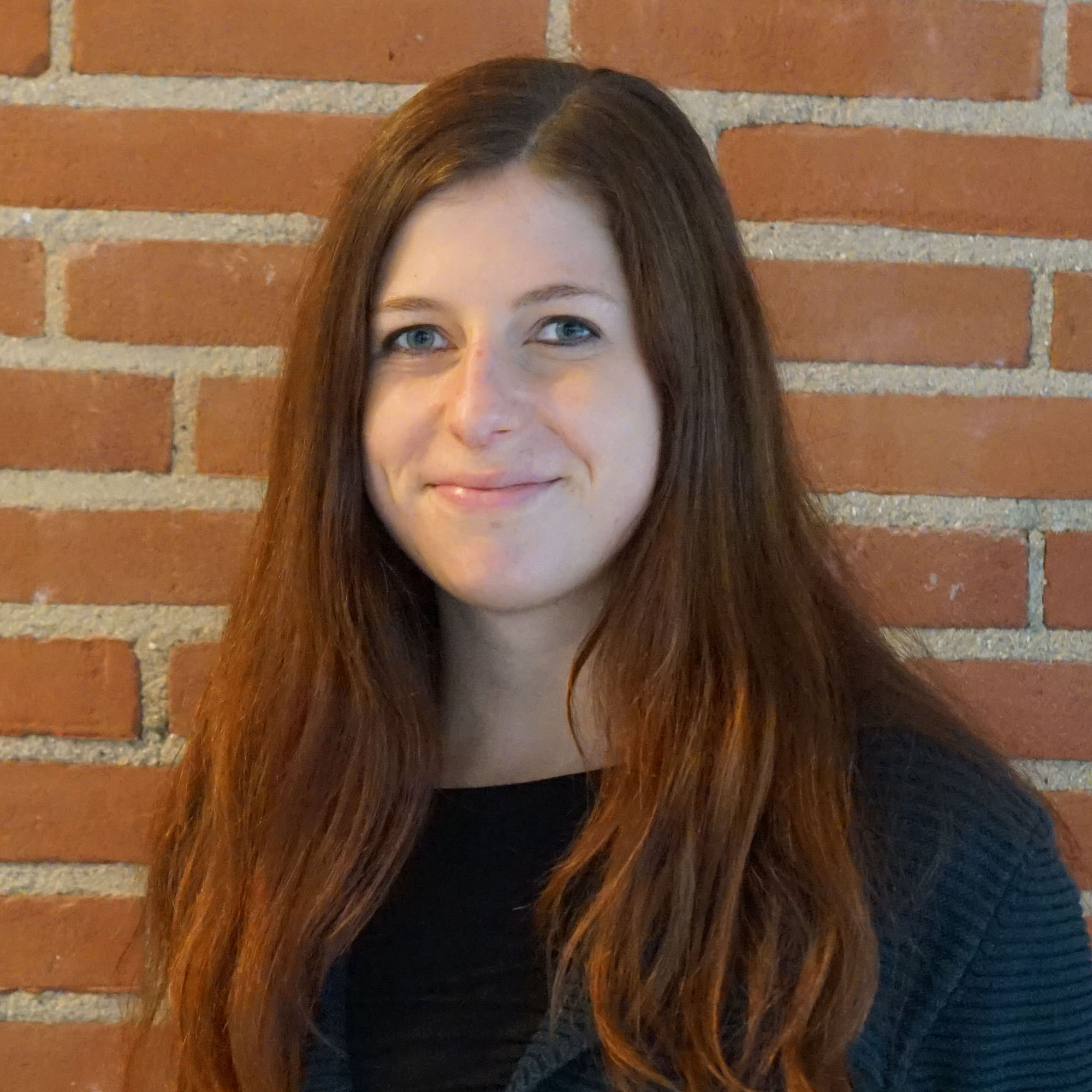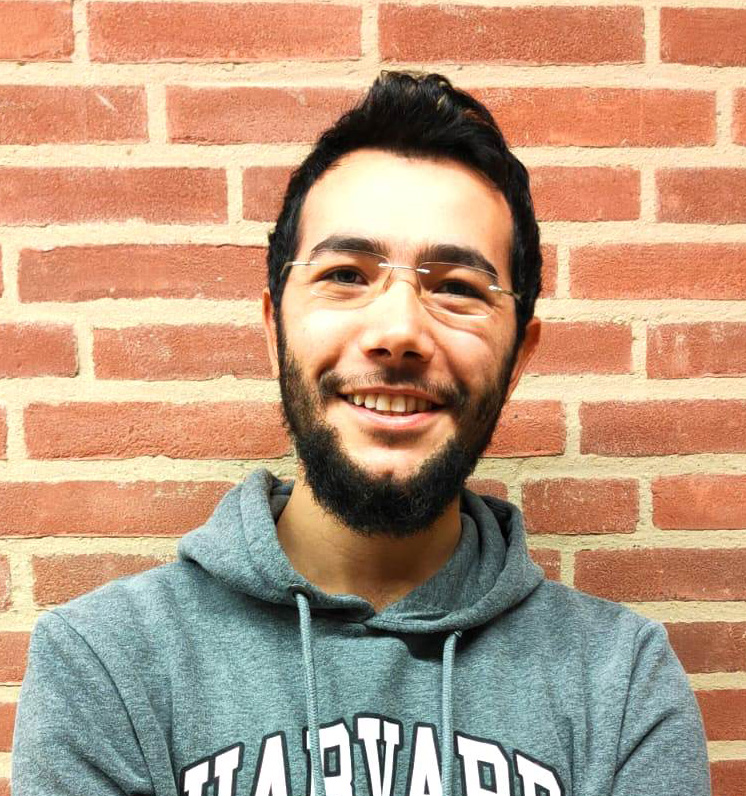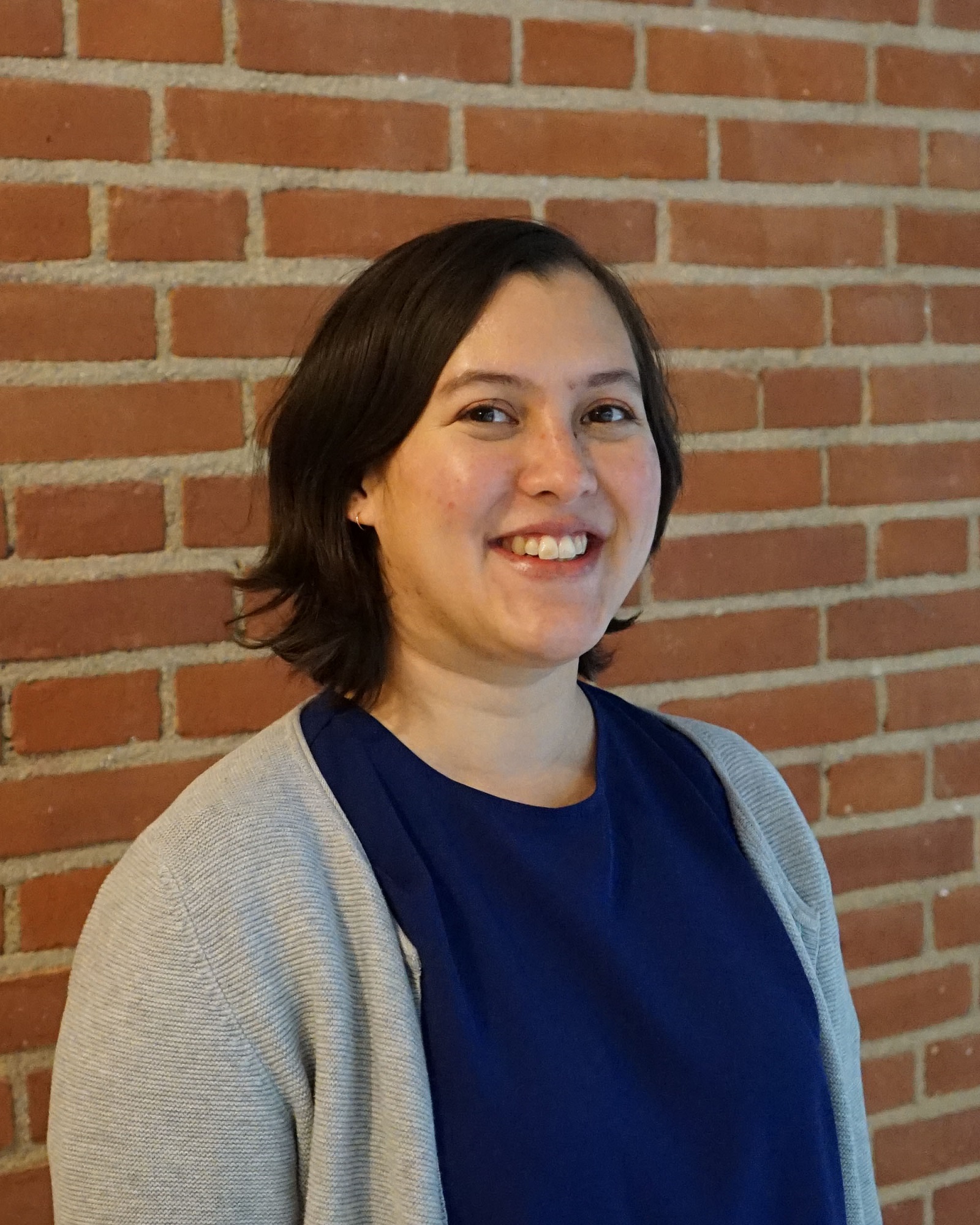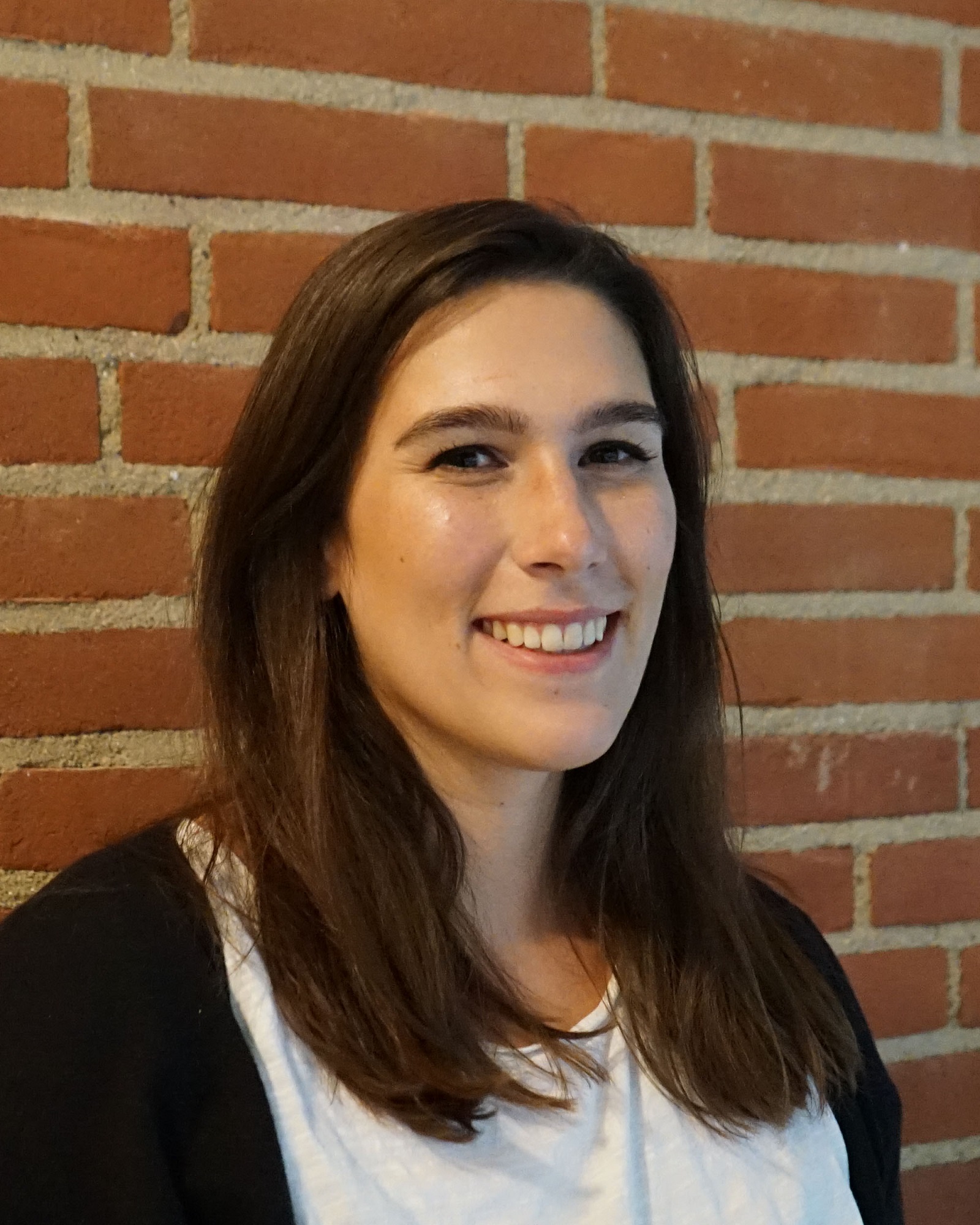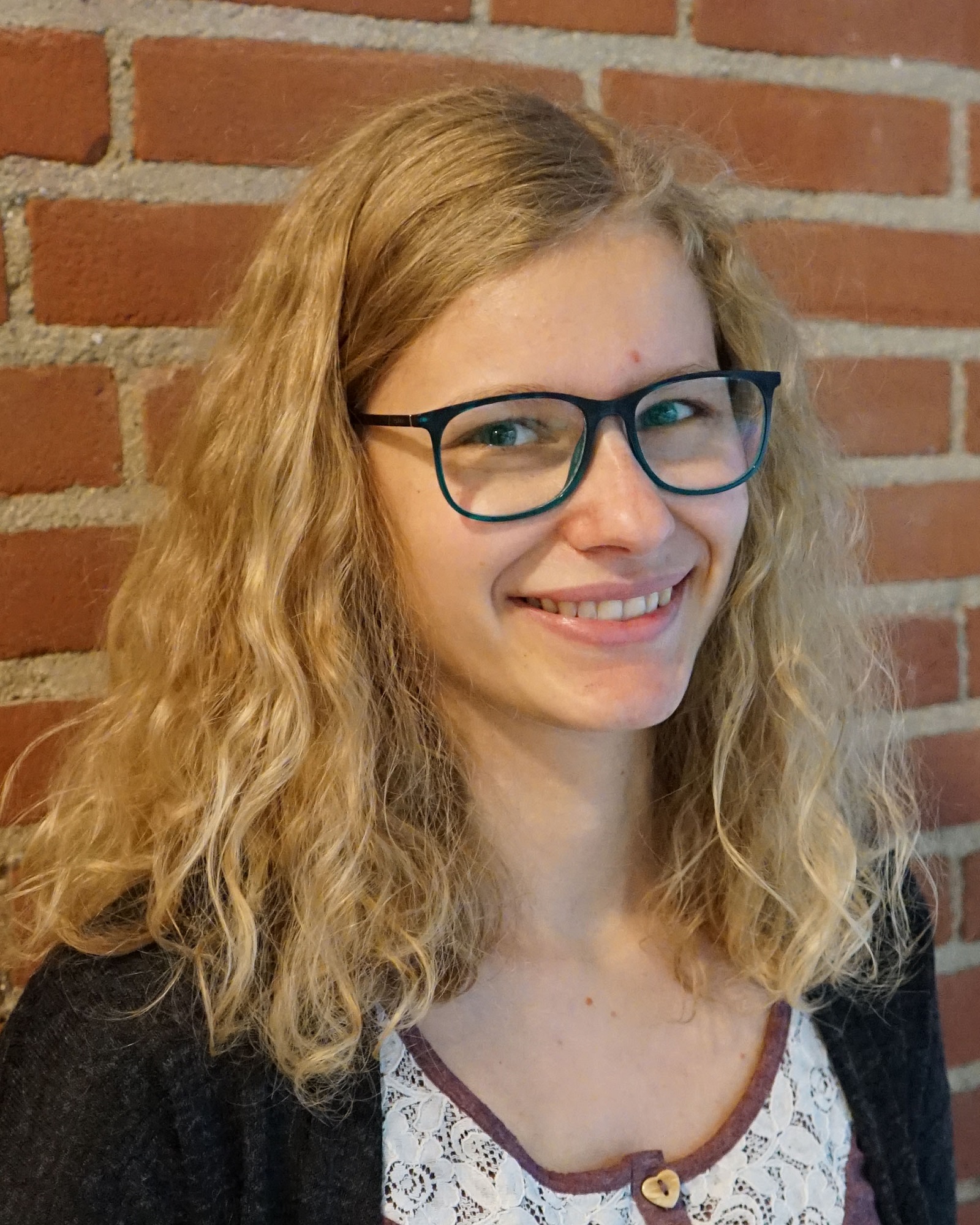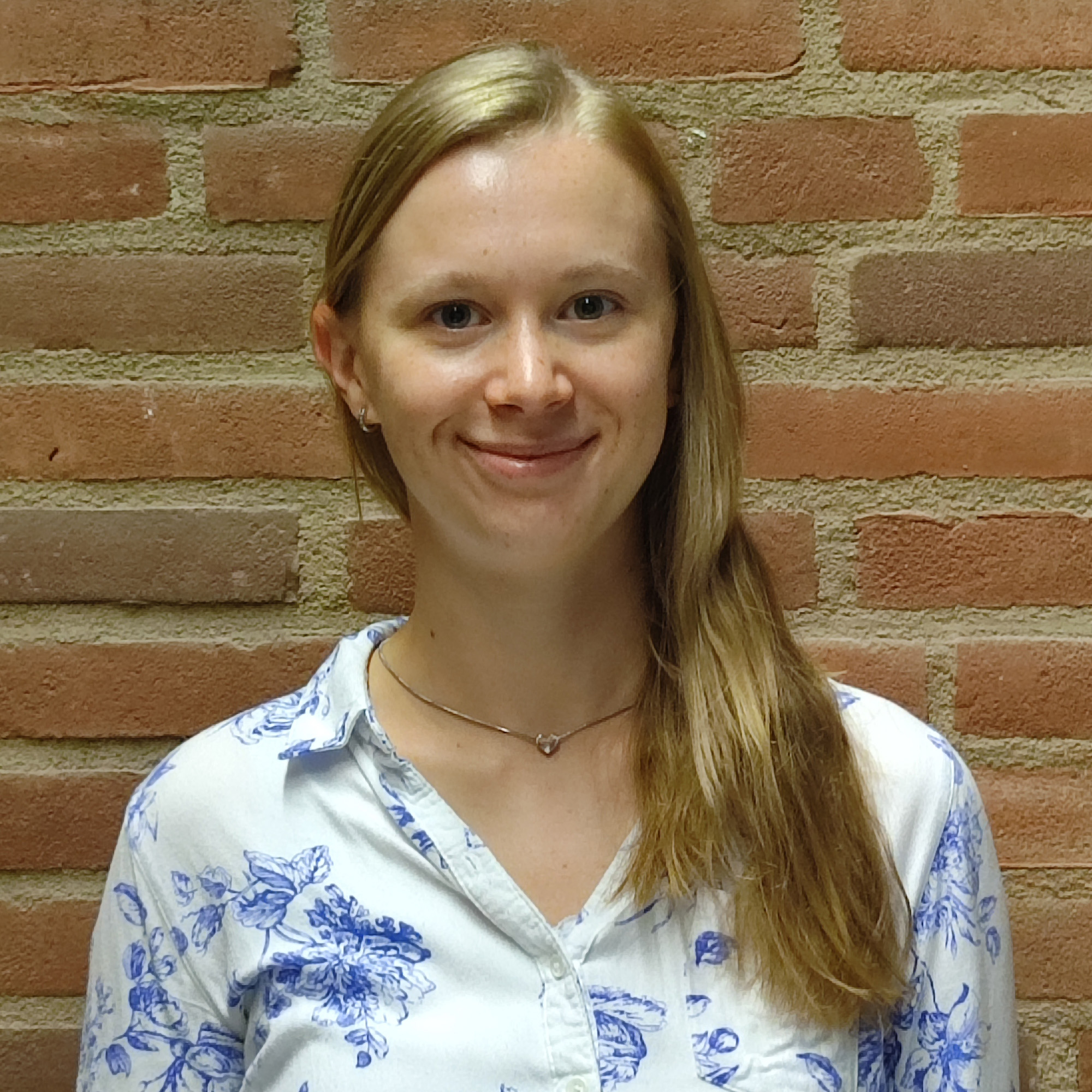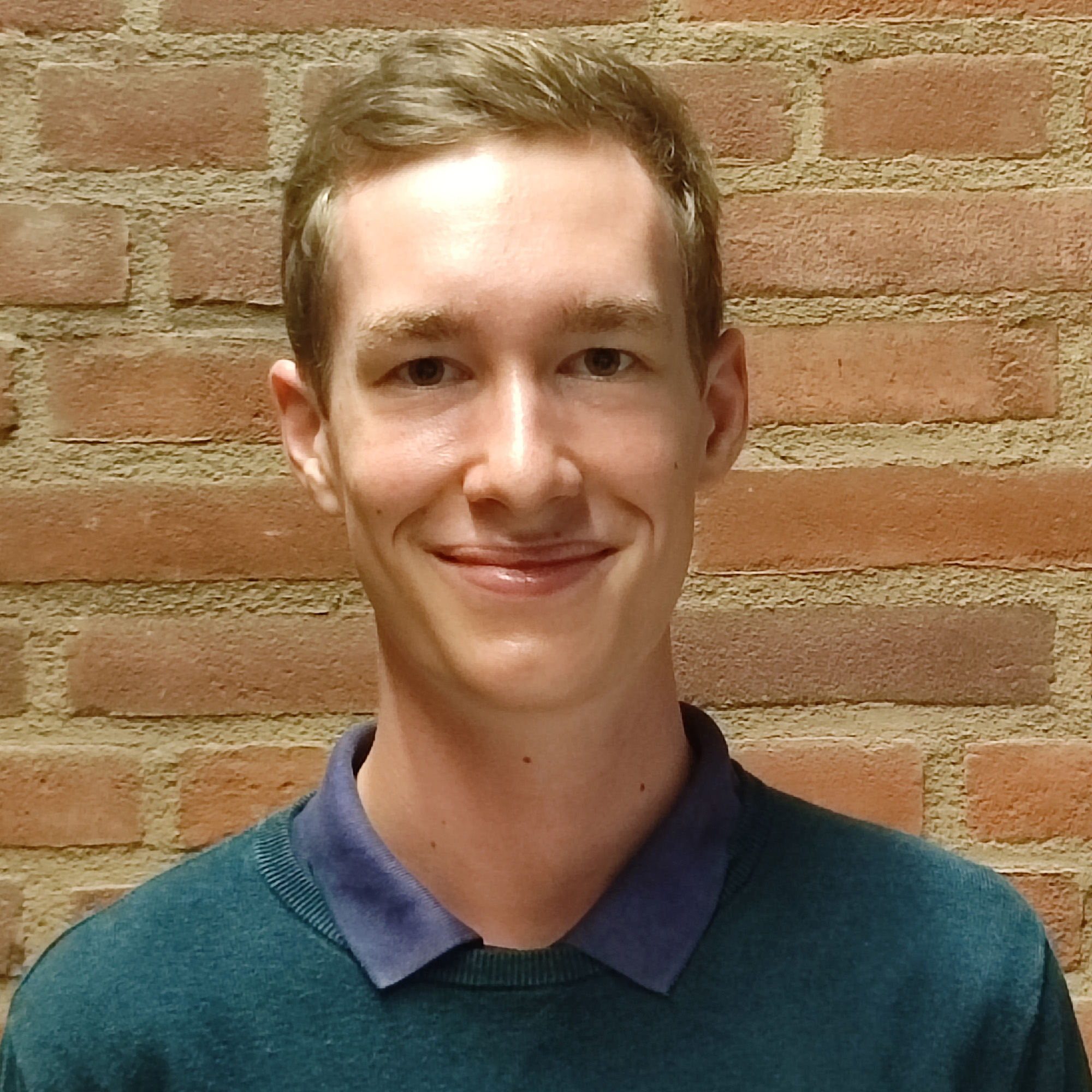Group members:
Team Leader
- Prof. rer. nat. Sabrina Schreiner
Medizinische Hochschule Hannover (Hannover Medical School)
Institute of Virology, OE5230
Carl-Neuberg-Str. 1
30625 Hannover
Phone +49 511 532 4308
Departmental Secretary +49 511 532 6736
Laboratory +49 511 532 1470
Email Schreiner-gruber.Sabrina@MH-Hannover.de
Dr. Schreiner studied Biology at the University of Regensburg and received her diploma in 2006. She moved to Hamburg and did her PhD thesis at the Heinrich-Pette Institute, Leibnitz Institute for Experimental Virology, where she received her doctorate in 2010 from the University of Hamburg. Following she didseveral sojourns at the Department of Biochemistry, Cancer Research Center in Montreal/Canada at the McGill University and at the Department of Intracellular Dynamics of Subviral Structures at the Bordeaux University. She finished her Postdoc in Hamburg and set up her reseach group at the Technical University in Munich an Helmhotz Center in Munich in 2015. In 2020 she was appointed as a W2 professor within the RESIST excellence cluster and is head of the research group Viral Replication in Host Chromatin.
AG Schreiner
Research summary
Our lab focuses on a detailed understanding of adenoviral replication strategies and manipulation of the host cell nuclear processes as a basis to further develop novel antiviral intervention therapies.
Human adenoviruses cause conjunctivitis, gastrointestinal illnesses and pneumonia, among other things. In most cases however an infection exhibits no symptoms or only mild symptoms in healthy adults. However, for individuals with immune system deficiencies the course of the infection can have serious effects or even be fatal. An infection is particularly dangerous for children following a stem cell transplant. In this case, we need to block virus replication and lower the mortality rate for infected patients.
Within this research program, we are investigating how the virus reproduces in the cell with a special focus on marked changes in what are called PML nuclear complexes made up of several proteins within the cell. These structures, which are round in the uninfected cell, dissolve after adenovirus infection and form elongated fibrils. This pathogenic process will be modulated and blocked to hinder the virus making use of this cellular manipulation for their own reproduction and benefit. Same strategies will be also validated for other human pathogenic viruses to develop broad spectrum intervention therapies.
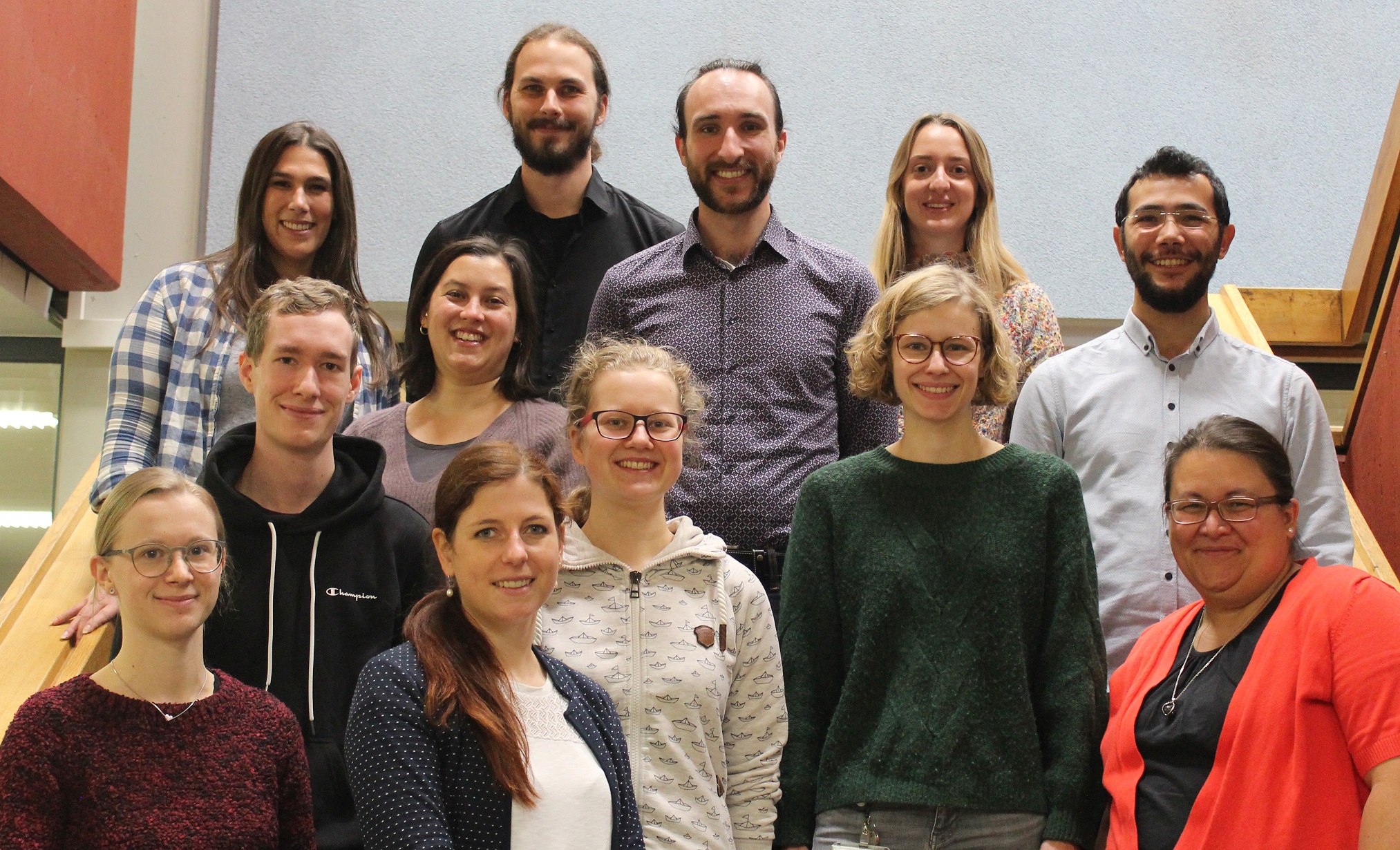
Publications in peer-reviewed journals, Reviews, Book chapters, Comments etc.
selected Publications:
ORCID-ID: 0000-0002-5744-7159
2021
Hofmann S, Stubbe M, Mai J, Schreiner S. 2021.Double-edged Role of PML Nuclear Bodies during Human Adenovirus Infection. Virus Res. 2;295:198280. doi: 10.1016/j.virusres.2020.198280.
impact factor 2.9
Kolbe V, Ip W.H., Kieweg-Thompson L, Lang J, Gruhne J, Meyer T, Wilkens B, Schie M, Thünauer R, Schreiner S., Bertzbach L, Rodriguez E, Dobner T. Conserverd E1B-55K SUMOylation in different human adenoviruse species is a potent regulator of intracellular localization. J Virol. 2021. in press
impact factor 4.609
Stadler D , Kächele M, Jones AN, Hess J, Urban C, Schneider J, Xi Y, Oswald A, Nebioglu F, Bester R, Lasitschka F, Ringelhan M, Ko C, Chou WM, Geerlof A, van de Klundert M, Wettengel JM, Schirmacher P, Heikenwälder M, Schreiner S., Bartenschlager R, Pichlmair A, Sattler M, Unger K, Ulrike Protzer. Interferon-induced degradation of the persistent hepatitis B virus cccDNA form depends on ISG20. EMBO Reports. 2021. DOI 10.15252/embr.201949568
impact factor 9.96
2020
Stubbe M, Mai J, Stubbe HC, Berscheminski J, Karimi M, Hofmann S, Weber E, Hadian K, Hay RT, Groitl P, Dobner T, Schreiner S.2020. HAdV E2A SUMOylation prevents antiviral response promoted by host PML-NB components. mBio. Mar 17;11(2):e00049-20.
impact factor 6.747
Hofmann S, Mai J, Masser S, Groitl P, Hermann A, Brack-Werner R, Sternsdorf T and Schreiner S. 2020. ATO (Arsenic Trioxide) effects on PML nuclear bodies reveals antiviral intervention capacity. manuscript in press Advanced Science.
impact factor 15.8
Lampl S , Janas M, Donakonda S, Brugger M, Lohr K , Schneider A, Manske K, Sperl L, Wettmarshausen J, Müller C, Laschinger M, Hartmann D, Hüser N, Perrochi F, Schmitt-Kopplin P, Hagn F, Zender L, Hornung, Borner C, Pichlmair A, Kashkar H, Klingenspor M, Prinz M, Schreiner S., Conrad M, Jost P, Zischka H, Steiger K, Krönke M, Zehn D, Protzer P, Heikenwälder M, Knolle PA, Wohlleber D. Reduced mitochondrial resilience enables non-canonical induction of apoptosis after TNF receptor signalling in virus infected hepatocytes. manuscript accepted Journal of Hepatology.
impact factor 14.0798
2019
Wing P, Davenne, Wettengel J, Lai A, Chakraborty A, D’Arienzo V, Kramer C, Ko C, Harris J, Schreiner S., Higgs M, Parish J, Protzer U, Balfe P, Rehwinkel J and McKeating JA. A dual role for SAMHD1 in HBV cccDNA synthesis and RT-dependent particle genesis. Life Sciences Alliance. Mar 27;2(2):e201900355.
2018
Müncheberg S, Hay TR, Ip HW, Meyer T, Weiß C, Brenke J, Masser S, Hadian K, Dobner T, Schreiner S.. 2018. E1B-55K mediated regulation of RNF4 STUbL promotes HAdV gene expression. J Virol. Jun 13;92(13).
impact factor 4.609
Freudenberger N, Hay R T, Groitl P, Dobner T, Schreiner S. 2018. HAdV pV core protein is targeted by the host SUMOylation machinery to pursue essential viral functions. J Virol. Jan 30;92(4).
impact factor 4.609
Reichel A, Stilp AC, Scherer M, Reuter N, Lukassen S, Kasmapour B, Schreiner S., Cicin-Sain L, Winterpacht A, Stamminger T. 2018.The chromatin remodeling factor SPOC1 acts as a cellular restriction factor against human cytomegalovirus by repressing the major immediate-early promoter. J Virol. J Virol. 2018 Jun 29;92(14).
Inturi R., Mun K., Singethan K., Schreiner S, Punga T. 2017. Human Adenovirus Infection Counteracts Antiviral Activity of the celllar MKRN1 E3 Ubiquitin Ligase. J Virol. 2018 Jan 17;92(3).
impact factor 4.609
2017
Schreiner S. and Nassal M. 2017. A role for the host DNA damage response in hepatitis B virus cccDNA formation - and beyond?. Review. Viruses Viruses. 2017 May 22;9(5). pii: E125. doi: 10.3390/v9050125.
impact factor 3.353
2016
Wimmer P, Berscheminski J, Blanchette P, Groitl P, Branton PE, Hay RT, Dobner T, Schreiner S.2016. PML isoforms IV and V contribute to adenovirus-mediated oncogenic transformation by functionally inhibiting the tumor suppressor p53. Oncogene. 35(1):69-82.
impact factor 8.459
Neumann F, Czech-Sioli M, Schmidt C, Dobner T, Grundhoff A, Schreiner S., Fischer N. 2016. Replication of merkel cell polyomavirus induces reorganization of promyelocytic leukemia nuclear bodies. Journal of General Virology. Nov;97(11):2926-2938.
impact factor 3.192
Dallaire F, Schreiner S., Blair E, Dobner T, Branton PE and Blanchette P. 2016. The human adenovirus type 5 E4orf6/E1B55K E3 ubiquitin ligase complex can mimic E1A effects on E2F. mSPHERE.Nov 11;1(1):e00014-15.
Dallaire F, Schreiner S., Blair E, Dobner T, Branton PE and Blanchette P. 2016. The human adenovirus type 5 E4orf6/E1B55K E3 ubiquitin ligase complex enhances E1A functional activity. mSPHERE.Nov 11;1(1):e00015-15.
2015
Bürck C, Mund A, Berscheminski J, Kieweg L, Müncheberg S, Dobner T* and Schreiner S.*. 2015. KAP1 is a host restriction factor that promotes HAdV E1B-55K SUMO modification. J. Virol. Nov;90(2):930-46.
impact factor 4.609
Berscheminski J, Brun J, Speiseder T, Wimmer P, Ip WH, Terzic M, Dobner T, Schreiner S. 2015. Sp100A is a tumor suppressor that activates p53-dependent transcription and countercats E1A/E1B-55K-mediated transformation. Oncogene. doi: 10.1038/onc.2015.378.
impact factor 8.459
Wimmer P and Schreiner S. 2015. Viral Mimicry to usurp Ubiquitin and SUMO host pathways. Review. Viruses. 7(9):4854-77.
impact factor 3.353
2014
Berscheminski J, Wimmer P, Brun J, Ip WH, Horlacher T, Groitl P, Jaffray E, Hay RT,Dobner T and Schreiner S. 2014. Sp100 isoform-specific regulation of human Adenovirus type 5 (Ad5) gene expression. J Virol. Jun;88(11):6076-92.
impact factor 4.609
Schreiner S.*, Günther T*, Tessmer U, Dobner T and Grundhoff A. 2014. Influence of ND10 Components on the Epigenetic Determination of Early Kaposi´s Sarcoma-Associated Herpesvirus Latency. PLoS Pathog. 10(7):e1004274.
impact factor 8.057
Castillo-Villanueva E, Ballesteros G, Schmid M, Hildago P, Schreiner S., Dobner T, and Gonzalez R. 2014. The Mre11 cellular protein is modified by conjugation of both SUMO1 and SUMO2/3 during adenovirus infection. ISRN Virology. manuscript in press
2013
Berscheminski J, Groitl P, Dobner T, Wimmer P* and Schreiner S*. 2013. The adenoviral oncogene E1A-13S interacts with a specific isoform of the tumour suppressor PML to enhance viral transcription. J Virol. 87(2):965-77.
impact factor 4.609
Schreiner S., Kinkley S, Bürck C, Mund A, Wimmer P, Schubert T, Groitl P and Dobner T. 2013. SPOC1-mediated antiviral host cell responses antagonized early in Human Adenovirus type 5 infection. PLoS Pathog. 9(11):e1003775.
impact factor 8.057
Schreiner S, Bürck C, Glass M, Groitl P, Wimmer P, Kinkley S, Mund A, Everett RD and Dobner T. 2013. Control of human adenovirus type 5 gene expression by cellular Daxx/ATRX chromatin-associated complexes. Nucleic Acids Res. 41(6):3532-50.
impact factor 8.867
Cheng C, Gilson T, Wimmer P, Schreiner S, Ketner G, Dobner T, Branton P and Blanchette P. 2013. The functional role of E1B55K in the E4orf6/E1B55K E3 ligase complexes formed by different human adenovirus serotypes. J Virol. Jun;87(11):6232-45.
impact factor 4.609
Wimmer P, Blanchette P, Schreiner S, Ching W, Groitl P, Berscheminski J, Branton P, Will H, Dobner T. 2013. Cross-talk between Phosphorylation and SUMOylation regulates transforming activities of an adenoviral Oncoprotein. Oncogene. 28;32(13):1626-37.
impact factor 8.459
Schreiner S, Wodrich H. 2013. Virion factors that target Daxx to overcome intrinsic immunity. Review. J Virol. 87(19):10412-22.
impact factor 4.609
2012
Schreiner S, Martinez R, Groitl P, Rayne F, Vaillant R, Wimmer P, Bossis G, Sternsdorf T, Ruzsics Z, Dobner T, Wodrich H. 2012. Transcriptional activation of the adenoviral genome is mediated by capsid protein VI. Plos Path. 8(2). e1002549.
impact factor 8.057
Müller D, Schreiner S, Schmidt M, Groitl P, Winkler M and Dobner T. 2012. Functional cooperation between HAdV5 early region 4 reading frame 6 protein and cellular homeobox protein HOXB7. J Virol. 86(15):8296-308.''
2011
Schreiner S, Wimmer P, Groitl P, Chen SY, Blanchette P, Branton PE, Dobner T. 2011. Adenovirus type 5 early region 1B 55K oncoprotein dependent degradation of cellular factor Daxx is required for efficient transformation of primary rodent cells. J Virol. 85(17):8752-65.
impact factor 4.609
Schreiner S, Wimmer P and Dobner T. 2012. Adenovirus degradation of cellular proteins. Review. Future Microbiology 7(2):211-225.
impact factor 4.275
Wimmer P, Schreiner S and Dobner T. 2011. Human pathogens and the host cell SUMOylation system. Review. J Virol. 86(2):642. selected as most read article january 2012
impact factor 4.609
2010
Schreiner S*, Wimmer P*, Everett RD, Sirma H, Groitl P, Dobner T. 2010. SUMO modification of E1B-55K oncoprotein regulates isoform-specific binding to the tumour suppressor protein PML. Oncogene. 29(40):5511-22.
impact factor 8.459
Schreiner S*, Wimmer P*, Sirma H, Everett R, Blanchette P, Groitl P, Dobner T. 2010. Proteasome-dependent degradation of Daxx by the viral E1B-55K protein in human adenovirus-infected cells. J Virol. 84(14):7029-38.
impact factor 4.609
2009
Schreiner S*,Kindsmüller K*,Leinenkugel F, Groitl P, Kremmer E, Dobner T. 2009. A 49-kilodalton isoform of the adenovirus type 5 early region 1B 55-kilodalton protein is sufficient to support virus replication. J Virol. 83(18):9045-56.
impact factor 4.609

